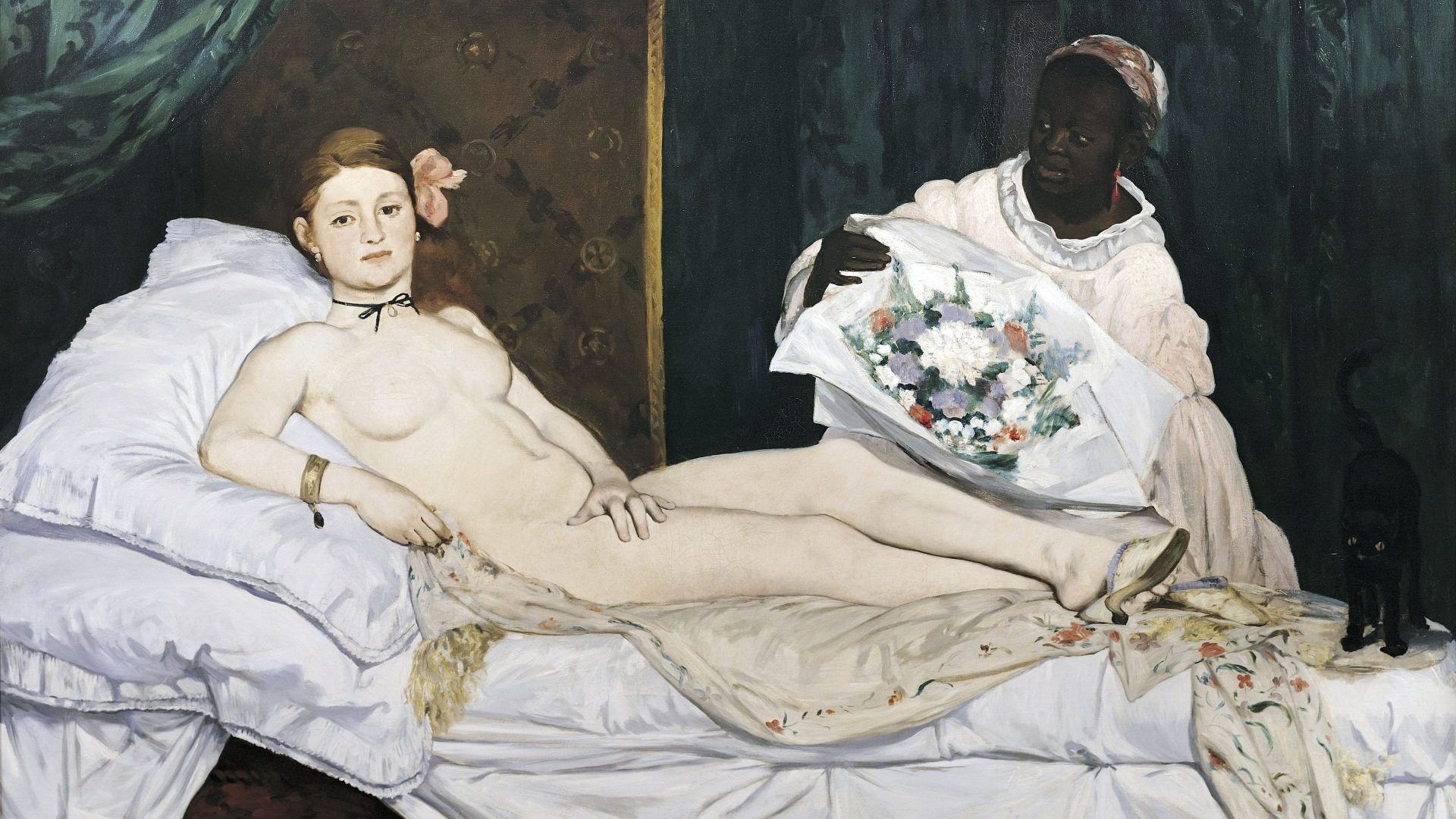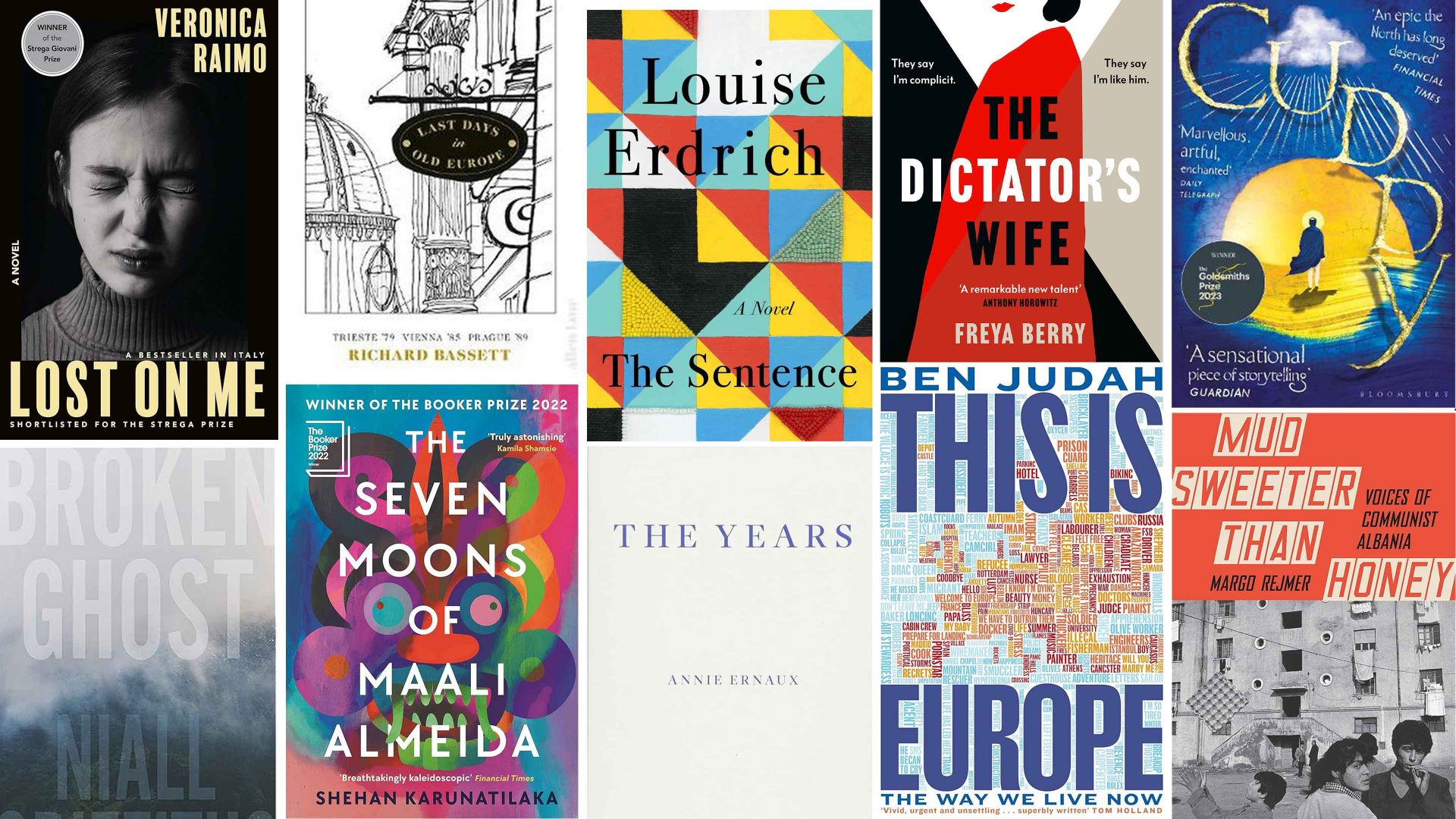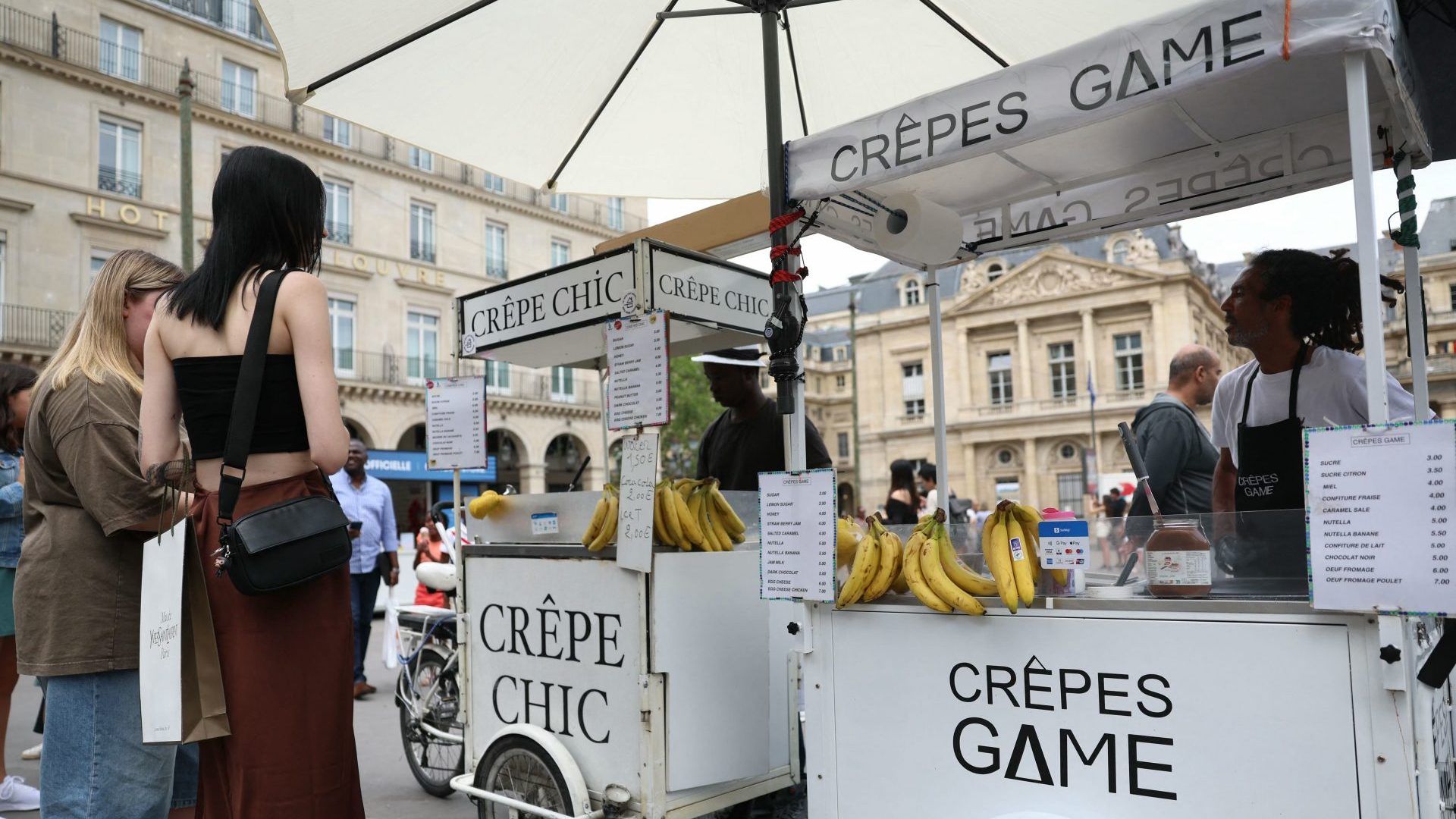My wife was a little perplexed and not a little annoyed. She had come across a 17th-century Christmas sermon about the three wise men. Lancelot Andrewes wrote: “A cold coming they had of it at this time of year, just the worst time of the year to take a journey, and specially a long journey… The ways deep, the weather sharp, the days short, the sun farthest off, the very dead of winter.”
TS Eliot’s poem The Journey of the Magi (published 1927) begins:
“A cold coming we had of it,
Just the worst time of the year
For a journey, and such a long journey:
The ways deep and the weather sharp,
The very dead of winter.”
Was that plagiarism? Do those quote-marks make it all right? Eliot famously said: “Immature poets imitate, mature poets steal” – and we’ll get back to that line in a moment.
In Eliot’s best-known work, The Waste Land, there are (if you like) thefts from Ezekiel, Wagner, Shakespeare, Dante, Webster and Baudelaire – and that’s just the first section.
In 1971 the British prog-rock band Jethro Tull toured America. Their support band was an upcoming act called The Eagles. The Tull set included the song We Used to Know, from their 1969 album Stand Up. This featured a (typically) unusual chord sequence.
And as rum coincidence would have it, the same chord sequence can be found in Hotel California. Cheating? “Maybe it was something they kind of picked up subconsciously,” said Ian Anderson, Tull’s driving force. “It’s not plagiarism… different time signature, different key. And it’s a very, very fine song.”
Influence. Quotation. Homage. Reference. Similarity. Is there a point at which it becomes wrong? Morally reprehensible? Artistically indefensible?
A Fistful of Dollars might be the greatest western of all time, introducing Clint Eastwood to a disbelieving world. “My mule don’t like it when people laugh…” The plot, about a morally ambiguous stranger in a town with two bosses, is powerful, archetypal – and nicked.
The director, Sergio Leone, stole it from Akira Kurosawa’s classic Yojimbo. Kurosawa wrote to Leone: “It is a very fine film but it is my film.” It was Ennio Morricone’s music, Leone’s direction and Eastwood’s performance that made the film a global smash. But the courts agreed with Kurosawa, who got more money than he did for his original.
We’re in dangerous territory here, artistically as well as financially. It’s not just “you stole my idea, give me money”. It’s also “you’re not a proper artist. You’re a fake”. It’s a denial of your reason for existing.
Setting new words to old tunes is an ancient tradition, usually respected by folkies. Bob Dylan’s Girl from the North Country not only borrows the tune from Scarborough Fair but also the best line: “She once was a true love of mine”. You can argue that the reference turns it into an archetypal love song. Or you can call it cheating.
It’s also alleged that Dylan lifted some of his Nobel Prize acceptance speech from the revision service Spark Notes, in his discussion of Moby-Dick.
Donovan was widely seen as Britain’s answer to Dylan. His most famous song, Catch the Wind, sounds a lot like Dylan’s Chimes of Freedom, while the words echo Dylan’s Blowin’ in the Wind, just as Donovan’s Hurdy Gurdy Man echoes Dylan’s Mr Tambourine Man. All good songs, Dylan’s rather better than good. Do the similarities matter?
Sometimes an imitation/homage/remake is better than the original. There are claims that West Side Story is an improvement on Romeo and Juliet; certainly the singing and dancing are better. I have heard the same claims for My Fair Lady and Pygmalion, and for High Society and The Philadelphia Story.
Sometimes such reworkings are accepted as great art. Edouard’s Manet’s Olympia, a reclining nude, was a reworking of Titian’s Venus of Urbino – but with dramatic differences. Manet’s woman is clearly a high-class sex-worker. Titian’s Venus offers and receives love; Manet’s Olympia is a businesswoman.
It was a classic succès de scandale: the model was the well-known painter and model Victorine Meurent, a real person. The painting implied that anybody could be Venus.
In the same way, anybody could be Odysseus. James Joyce reworked The Odyssey, using the hero’s Roman name for the title Ulysses. Both were revolutionary works of art, both depend for much of their force on what they borrowed or stole, and both are regarded as masterpieces. Oh, and Joyce nicked the stream of consciousness from the French writer Édouard Dujardin.
Jazz often involves taking someone else’s music and developing it: try King Curtis playing Whiter Shade of Pale at the beginning of the film Withnail and I. Curtis borrowed the melody from Procul Harum; Gary Brooker and Keith Fisher wrote the original – and borrowed it from Bach.
All this is part of the great tradition. Benjamin Britten’s Young Person’s Guide to the Orchestra is a set of variations on a theme by Purcell. Bach plagiarised himself seven times over in the B Minor Mass; he was always the great recycler. Andy Warhol and Frida Kahlo both did The Last Supper based on/influenced by/ripped off from Leonardo da Vinci.
Twenty years ago I had a hit with a book called How to Be a Bad Birdwatcher. A vicar, Dave Tomlinson, liked it so much he wrote How to Be a Bad Christian. I was amused. And anyway, the law doesn’t tend to protect titles.
We can argue for ever about the ethics. But the fun stops when it gets to court, and the issue is not art but money. This principle had hot-shot lawyers reading Vedic scriptures in the hope of finding these words: “May the long-time sun shine upon you, all love surround you and the pure light within you guide your way on.”
A yoga group recorded them on an inspirational CD. But they were written by Mike Heron of the Incredible String Band, part of his (wonderful) A Very Cellular Song. The publishing company that owned the song got the yoga people to cough up. Heron’s song also contains a nicked or borrowed Bahamian spiritual, not under copyright.
The most famous case of plagiarism concerned George Harrison. His My Sweet Lord does sound quite a bit like He’s So Fine. The owners of the original, Bright Tunes, successfully sued Harrison for $587,000. Art is all very well: but money is serious.
“The publisher will be able to enforce the rights whatever the writer thinks,” said Robin Bynoe, an intellectual property lawyer. “The individual Beatles were delighted, for example, to have Neil Innes parody their songs for The Rutles [in the film All You Need is Cash], but their publishers nevertheless exacted their pound of flesh.”
In 1907, Picasso went to look at the ethnic art in the Palais du Trocadéro. “Then I understood what painting really meant.” The African masks influenced him profoundly; check out the two right hand-figures in Les demoiselles d’Avignon.
Did he rip off the masks? Was it cultural appropriation? Was it plagiarism? The idea of originality would never have occurred to the mask-makers: they were doing what is perhaps a more profound thing: following the great tradition. Originality is a comparatively recent idea, dating (in Europe) from the Renaissance. The glorious ceiling bosses in the cloisters of Norwich Cathedral were made by stone-carvers who would never have considered signing their work or suing those who copied it.
Dürer was the first artist to seek legal protection for his work; in Britain in 1735 legal protection to engravings was passed and called the Hogarth Law, for the engraver William Hogarth. And it goes on: the estate of Adrian Jacobs, who wrote a 36-page book, Willy the Wizard, attempted to sue JK Rowling, who had never heard of Willy or Jacobs.
What is plagiarism anyway? And just as big a question, what is truly original? That line of TS Eliot’s wasn’t just a neat epigram: it was a serious point about making art. “Immature poets imitate; mature poets steal; bad poets deface what they take, and good poets make it into something better, or at least something different.”
We all live in a culture: or many cultures. Writers read, painters look, musicians listen. Only God creates from nothing. If a writer hasn’t been influenced by Shakespeare, he/she probably should have been. Everyone who attempts to create is dependent on everyone who has created before.
Mark Twain wrote a letter to his friend Helen Keller, who was accused of plagiarism. In it he wrote: “As if there was much of anything in any human utterance, oral or written, except plagiarism! The kernel, the soul – let us go further and say the substance, the bulk, the actual and valuable material of all human utterances – is plagiarism.”
But let’s give the last word to the American songwriter and Harvard maths lecturer Tom Lehrer:
Plagiarise!
Let no one else’s work evade your eyes!
Remember why the good Lord made your eyes!
So don’t shade your eyes
But plagiarise plagiarise plagiarise!
(Only be sure always to call it “research”.)




